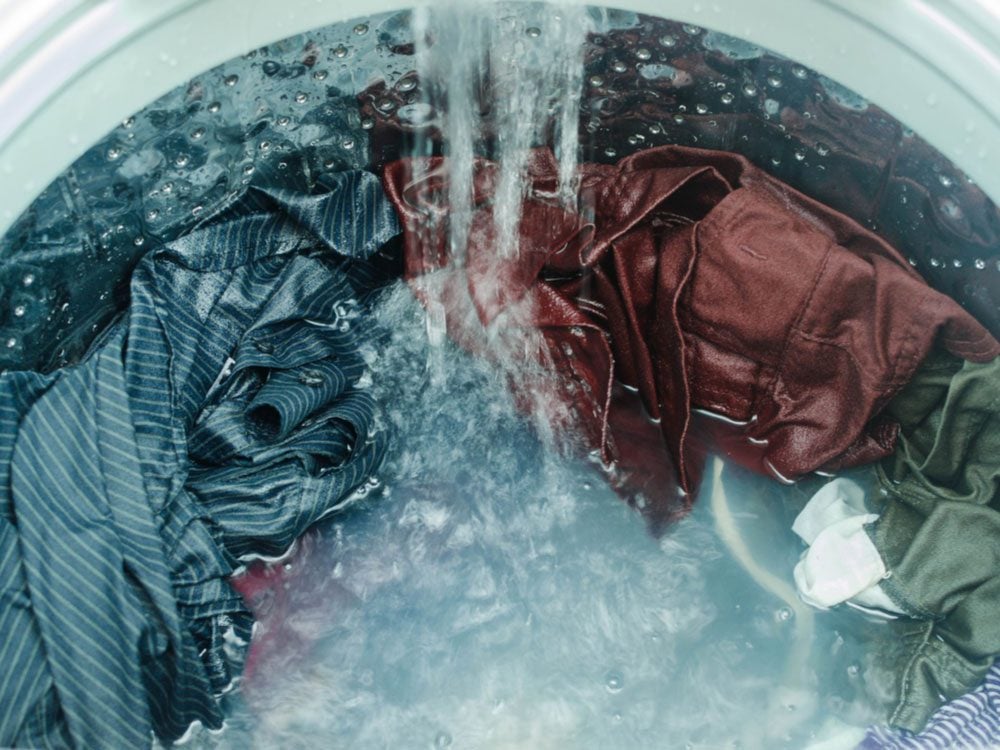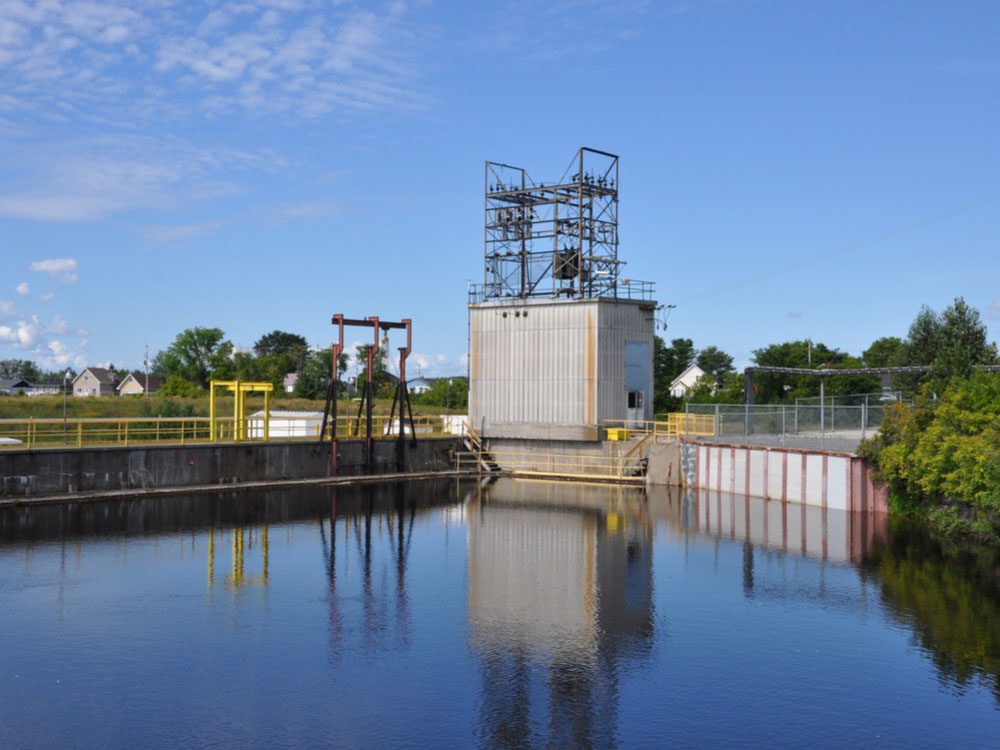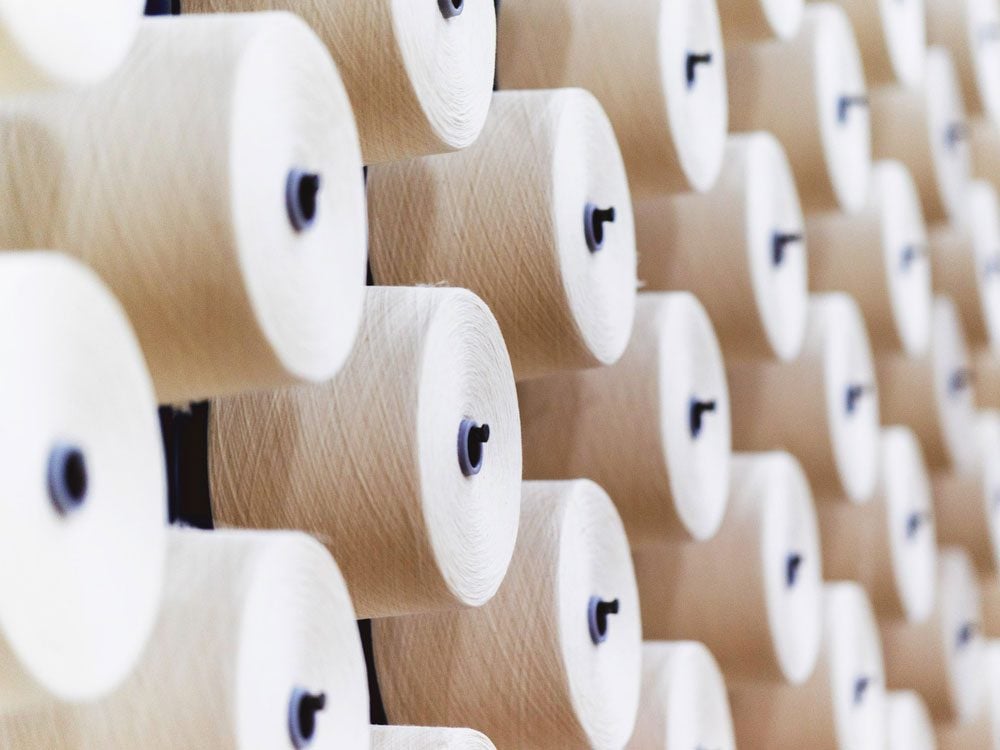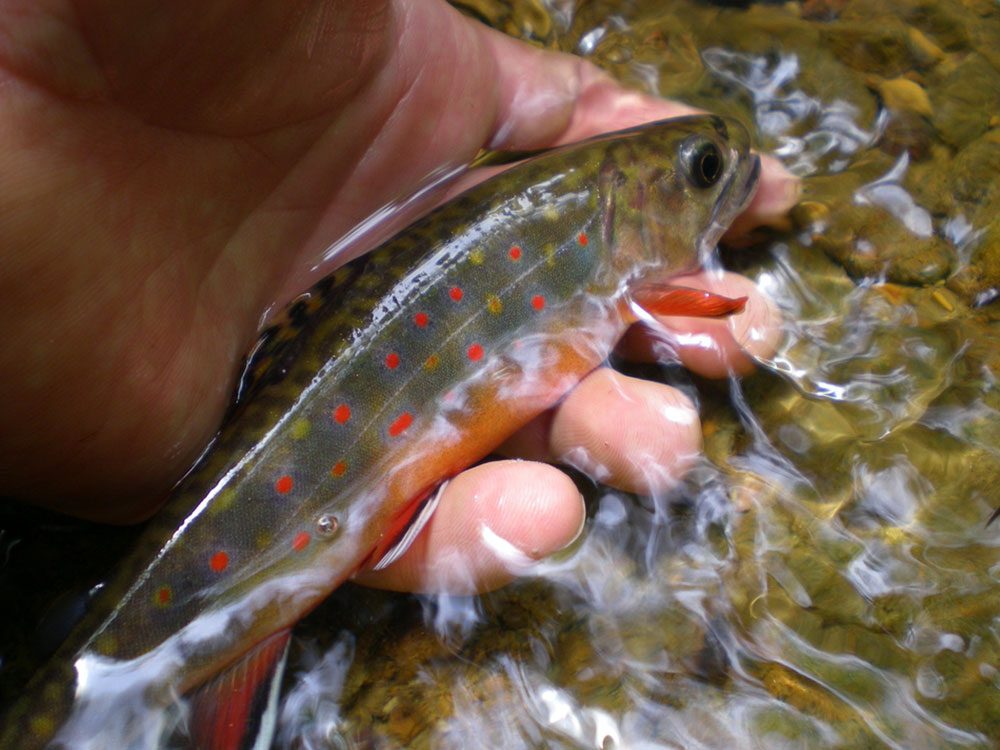
A novel solution to water pollution
In 2001, the basement of Blair Jollimore’s house near Dartmouth, N.S., flooded with sewage. He called the septic company. “The guy showed up and he goes, ‘You have a lint problem,’” Jollimore remembers. In his septic tank, a layer of lint seven centimetres thick was floating like a grey cloud.
Jollimore, who has worked in maintenance for an aircraft-engine manufacturer for 30 years, is no stranger to fixing things on his own. After a few failed attempts, he came up with an idea to keep the problem from happening again: modify a water-filter housing with a stainless-steel mesh screen. When a load of laundry drained, he could see lint gather as the water passed the screen in the clear discharge hose.
Not only did his filter work, but neighbours, worried about similar issues, began asking him to install the device in their homes. In 2003, he sold around a dozen at his first home show in Halifax, enough to cover expenses. He named his product Lint LUV-R and launched a website, Environmental Enhancements, for homeowners around the world to order the filter and install it on their own. He now ships around 600 filters each year—a household product that may also be a solution to a nearly invisible global environmental concern.
Here are 13 things you should know about energy conservation.

How microfibres cause water pollution
Microplastics are the hidden scourge of our waterways. These particles measure less than five millimetres and are dangerous precisely because they’re small and ubiquitous. So far, global attention has focused on two of the three sources of microplastics: macroplastics (from plastic bags or containers that have degraded into fragments) and microbeads (plastic exfoliators in toothpastes, body washes and face scrubs). But scientists are learning that the third kind, microfibres—microscopic plastic threads that shed from our clothing—are potentially the most abundant of the three.
Municipal wastewater-treatment plants can capture some microfibres, but most facilities aren’t capable of stopping their flow into our waterways each time liquid from our washing machines leaves the drain. And while natural materials also shed, synthetics have scientists particularly worried.
Peter Ross, vice-president of research at the conservation association Ocean Wise, based in Vancouver, has been researching microplastics since 2001 and is leading a Canadian study on microfibres. In 2014, his team published research that found as many as 9,200 microplastic particles—of which about 75 per cent were fibres—in each cubic metre of water sampled off British Columbia’s coast. We are figuratively drowning in these little threads.
Depending on their size, microplastics can be ingested by fish and even zooplankton, and lacerate or block intestines, leading to starvation, injury or death. They can leach chemicals into an animal’s tissue. (Even gutting a fish won’t remove the toxins in the filets on our plates.)
Jollimore’s Lint LUV-R could be a key weapon of defence. After an ecologist in California first documented the pollutant as a global problem in 2011, several researchers (and eventually Ross’s team) became interested in testing Jollimore’s filter. One test is showing that its second-generation model can catch over 80 per cent of fibres.

Controlling microfibre pollution isn’t easy…
When the dangers of microfibres first became publicly known, polar fleece seemed to be the principal culprit. The cozy material, created by engineers at a textile mill in Massachusetts who wove polyester fibres into a dense fabric, came to market in the early 1980s in partnership with the American outdoor-gear company Patagonia.
Fleece shot to popularity as a replacement for wool: it was soft and lightweight, and it provided excellent insulation. It was also billed as eco-friendly, especially once it began to be manufactured from recycled products. The problem, though, was that it shed. As accusations against fleece began to mount, Patagonia commissioned a 2016 study and found that each time a single fleece garment gets laundered, up to two grams of microfibres are released.
We know now that microfibres don’t end with fleece. Many companies use synthetics, such as polyester, nylon and acrylic, to make anything from leggings to button-up shirts.
Mountain Equipment Co-op, keen to produce clothing with a low environmental impact, provided Ross with 45 of the 111 textile samples he is running through his test washing machines. After specialized filters collect the effluent, Ross’s team spends hours peering through microscopes, trying to understand which materials shed most—information that could inform how MEC engineers its textiles.
The company’s samples are largely the synthetic performance gear it’s known for, but MEC has also given Ross materials made from natural fibres, to test how much they shed relative to synthetic textiles. Cotton, wool and silk are often treated with chemicals—dyes, softeners, stain-release agents—that change how they break down.
Researchers say that washing our clothes less frequently and buying fewer, built-to-last items—which shed less—are the best ways to keep microfibres out of our waters. But as one recent study has warned, “Without a well-designed and tailor-made management strategy for end-of-life plastics, humans are conducting an uncontrolled experiment on a global scale.”
Find out how to remove stains the environmentally friendly way.

…but it isn’t impossible either
This July, the sale of toiletries containing microbeads will be banned. (The selling of natural health products and non-prescription drugs containing microbeads will be prohibited next year.) But regulating microfibres, a by-product rather than an additive, will be more difficult.
Even consumer choice can only go so far. It’s much easier to swap out harmful face wash than to find a T-shirt that doesn’t shed, and few rules dictate how clothes can be manufactured or laundered. In the same way that many provincial fire codes require that dryer lint traps be cleaned regularly, researchers hope that mandatory washing machine filters will one day be the norm—that a global threat may be considered as serious as a personal one.
Jollimore is still using his original prototype filter, which he only needs to empty every few weeks. He is waiting for research, rather than legislation, to roll in, and he is ready to grow his business as microfibres become better known. “The silver lining of the cloud was for me to come up with an idea,” he says. “This solution that I’d come up with can maybe help solve a world pollution problem.”
© 2018, Tina Knezevic. From The Walrus (March 2018), thewalrus.ca
This town in British Columbia is using dead fish to save its waterways.